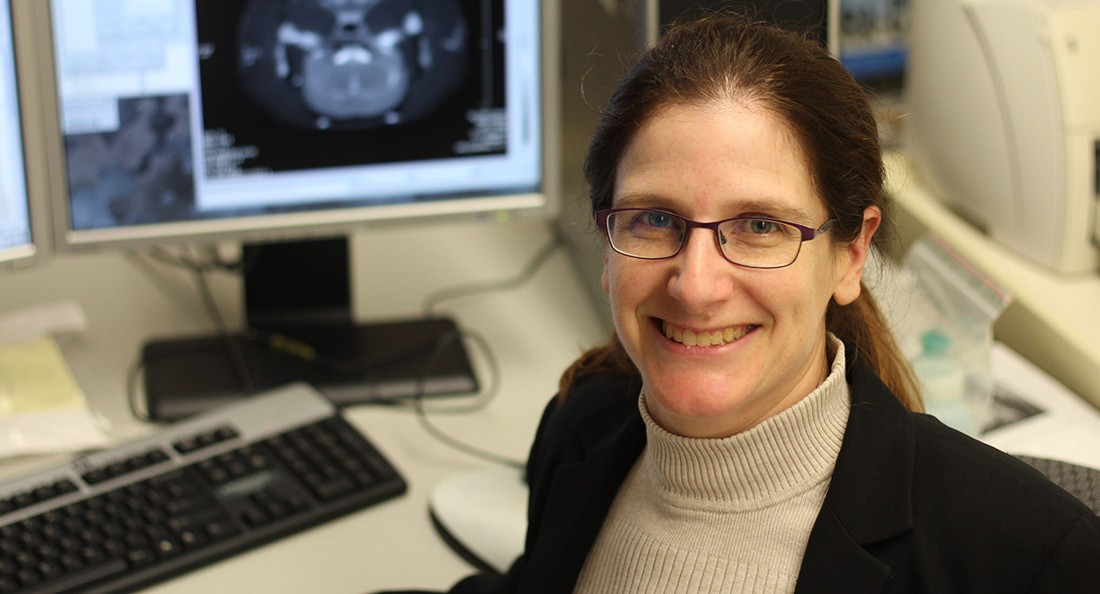PROFile: Melanie Martin
Professor of Physics
Melanie Martin, a professor of physics at the University of Winnipeg (U of W), has been teaching since 2004. She’s currently on sabbatical, but will be returning to teach in the fall.
Recently, a few of Martin’s graduate students have had their work published in magazines - Magnetic Resonance Imaging and Magnetic Resonance Materials in Physics, Biology and Medicine. This research project, focused on Alzheimer’s disease, was started by Martin in 2000 when she was a postdoc.
“For this most recent published work, my graduate student Kerrie Hayes developed a method to measure the size of the hippocampus, a part of the brain responsible for memory and the part of the brain most affected by Alzheimer's disease,” Martin says.
“When she was done, another of my graduate students used Kerrie’s sample. The graduate student, Jonathan Thiessen, developed a method for studying white matter, another part of the brain. When he used his method on Kerrie’s samples, he could see cell layers in the hippocampus that had not been seen before,” she says.
Martin convinced Heather Whittacker, at the time a biopsychology student at the Uof W, to work with her on the research project.
“She collected more samples and used Jonathan’s method to compare the cell layers of the hippocampus between samples,” she says.
“The hippocampus appears more or less uniform on most types of magnetic resonance images (MRI). With diffusion tensor imaging, the cell layers in the hippocampus are clearly visible. Heather traced the cell layers in the diffusion tensor images and superimposed the tracings on the other MRIs. This made it possible for her to measure MRI properties of the cell layers in the hippocampus.”
Martin says it was surprising for her to see. Given that the hippocampus looks so uniform in most MRIs, it was quite surprising that the cell layers were visible in the diffusion tensor images.
“What was more surprising is that the MRI properties were different in different cell layers when comparing early stages of our model of Alzheimer's disease and controls,” Martin added.
Q&A
What was your worst grade in university? I believe it was a B+ in my second-year Mechanics course. I'm not sure why that course was so difficult for me … I can tell the students now to stick with things and try them over and over again, and the material will become clear. It helps to have different profs teaching the material at different levels to get different perspectives.
What’s your favourite thing about yourself? If I set my sights on a goal, I will not give up until I achieve it.
If you could have any superpower, which one would it be? Curing diseases. Or maybe being a super teacher so my students can cure the diseases.
Published in Volume 72, Number 23 of The Uniter (March 29, 2018)







